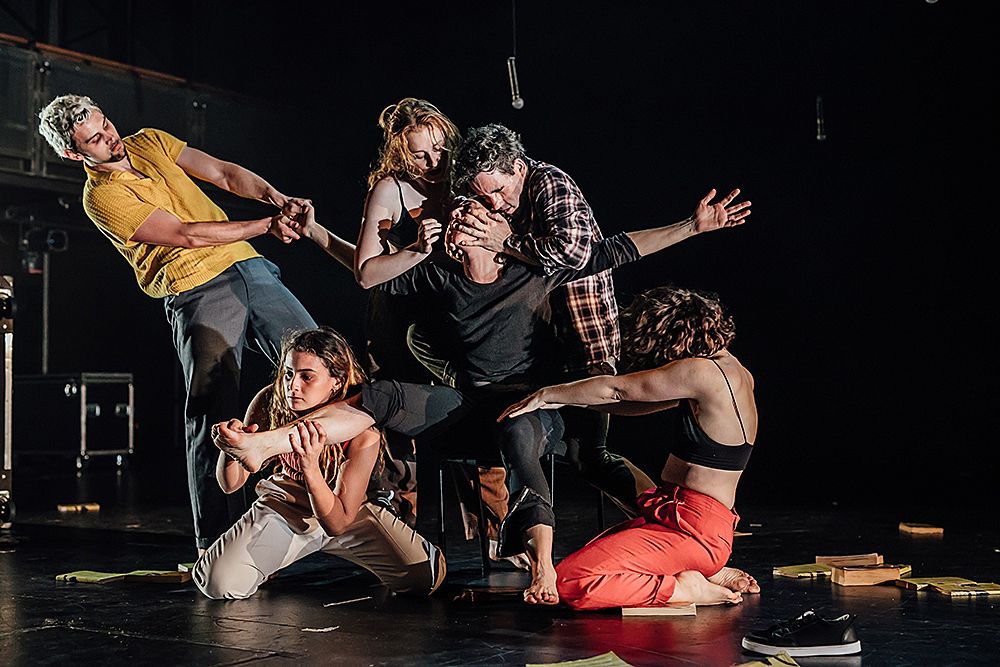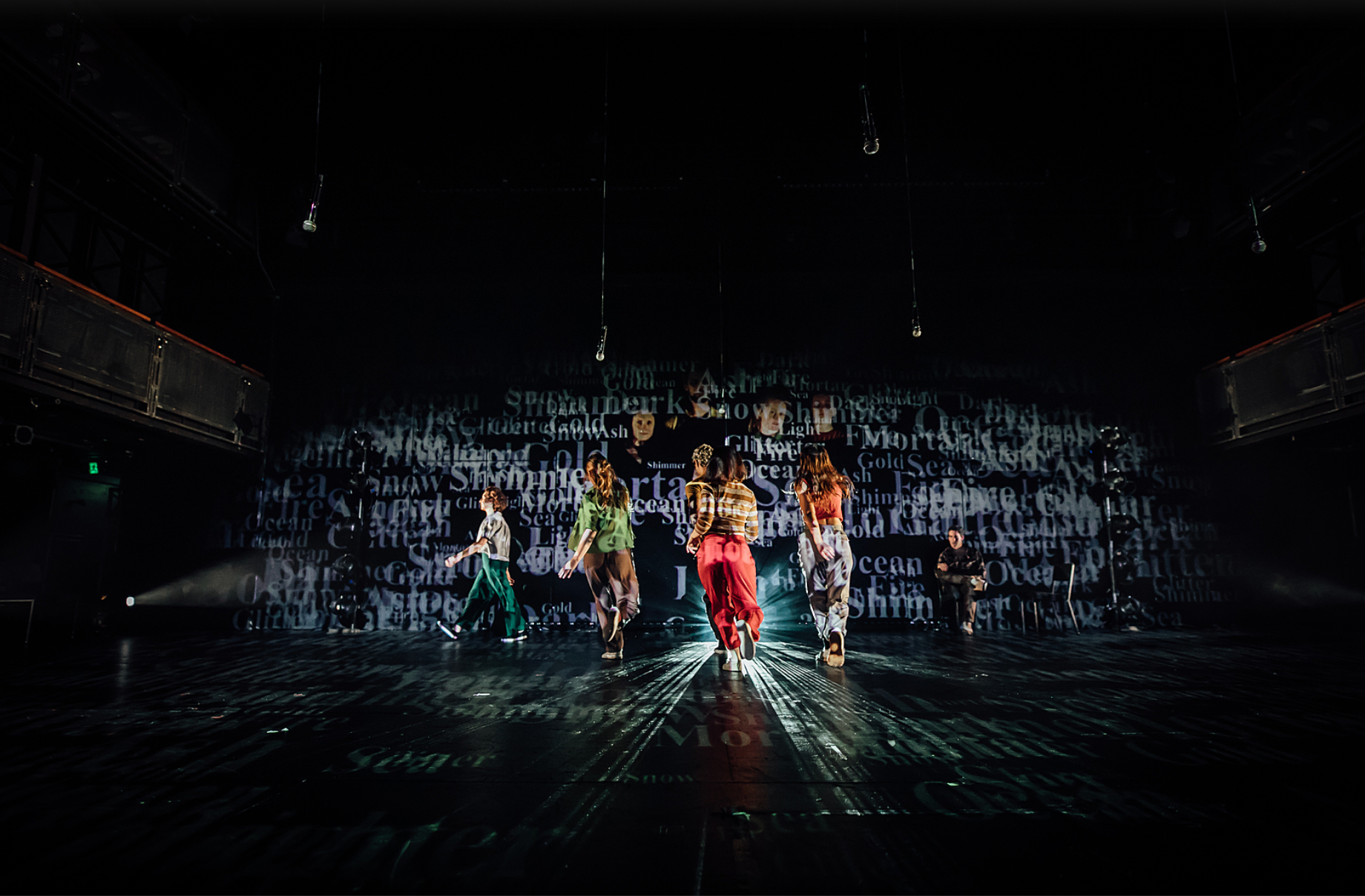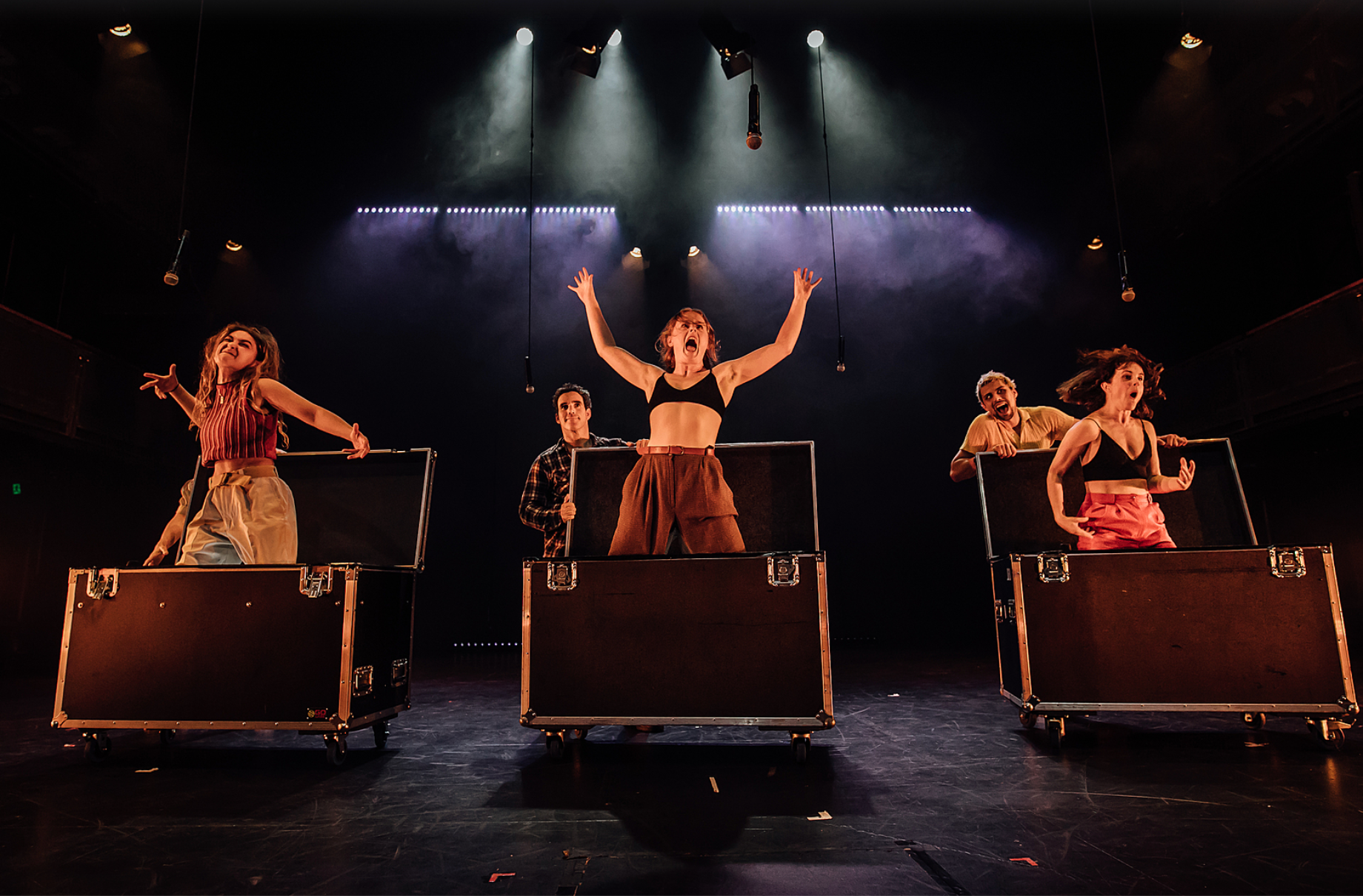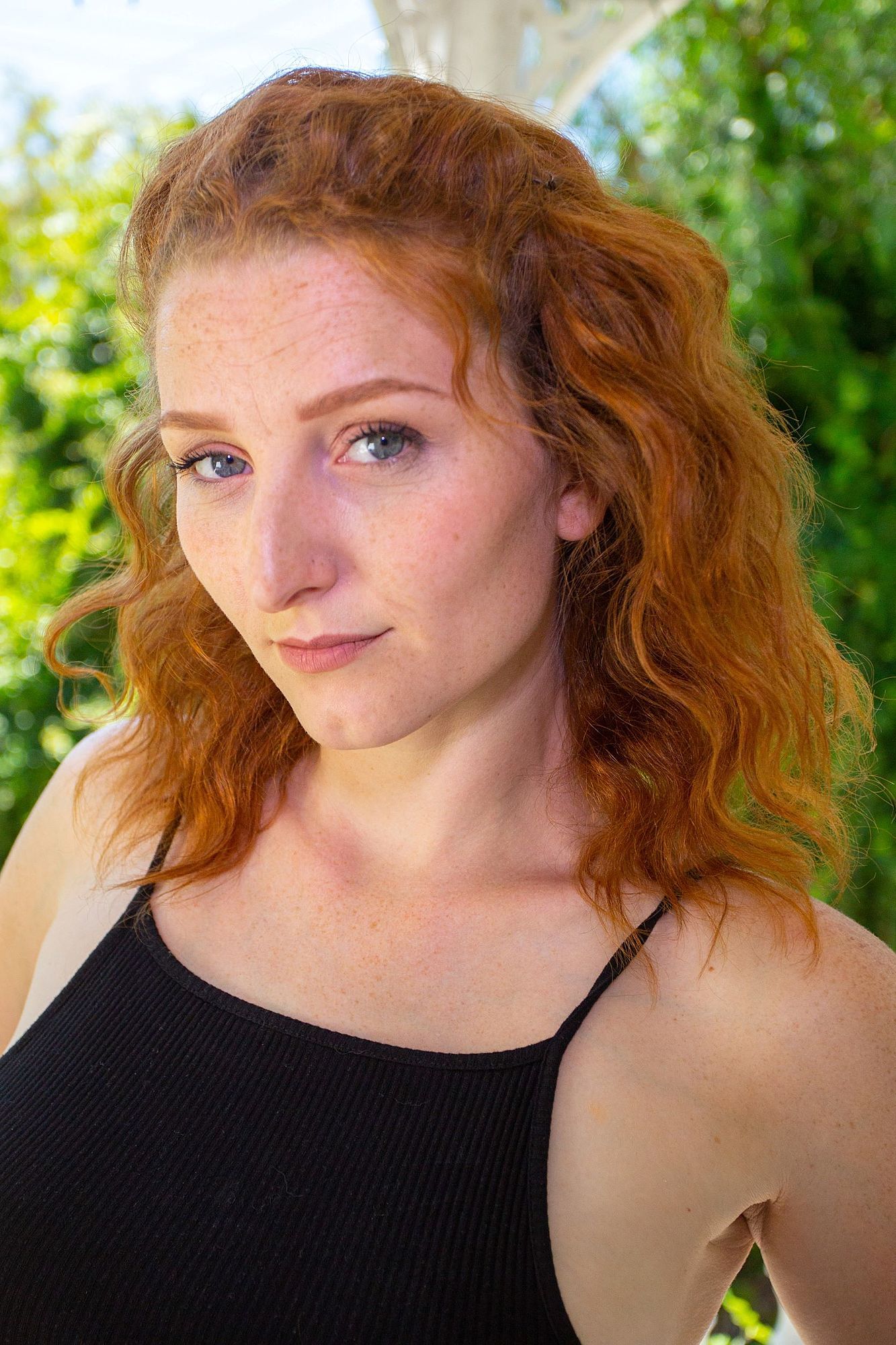The Essence of the Book: A Review of Owls Do Cry
Red Leap goes bold in the first theatre adaptation of a cultural landmark. Rachael Longshaw-Park reviews.
Red Leap takes a bold approach to the first theatre adaptation of a cultural landmark, Janet Frame’s Owls Do Cry. Rachael Longshaw-Park reviews.
The feeling of anticipation hangs in the air as we take our seats for Red Leap’s adaptation of one of New Zealand’s first great novels – Janet Frame’s Owls Do Cry, first published in 1957. Following a brief premiere at Oamaru, it opens at Q Theatre with a strong cast of six talented performers (Ross McCormack, Margaret Mary Hollins, Hannah Lynch, Ella Becroft, Arlo Gibson and Comfrey Sanders), led by Director Malia Johnson and Artistic Director of Red Leap, Julie Nolan. Excited murmurs bubble from the seats around me, after all, this is the very first time that the Janet Frame Literary Trust has granted permission for one of Frame’s novels to be adapted to the stage.
The novel Owls Do Cry follows the story of the Withers family in a small provincial New Zealand town. It begins with a glimpse into the happy childhood of Francie, Toby, Daphne and Chicks – happy, that is, until a tragedy strikes the family, and the book then documents the unravelling of their lives in and amongst the realities of working-class life in mid-century Aotearoa. It grapples with mental health, disability, poverty and grief in a challenging and innovative fashion for the time, but the social commentary on poverty and mental health are more than relevant today.
Q Theatre’s Rangatira theatre is no small space, and despite this there are no visible set or props, no hint at how costume and set designer Penny Fitt plans to fill this black vast space except six hanging microphones, dangling far from the high rafters. Six figures are lined up against the back wall of the stage – our performers, the six characters of the novel – but it’s unclear if they’re real or just an AV trick. But before you have time to figure it out they spring to life, as if literally jumping from page to stage into a beautiful folk musical number dedicated to the town of Waimaru, in which the novel is set.
Only a few minutes into the performance and I find myself becoming very aware of the people sitting around me. People of all ages, both young and old, spanning generations. I wonder how these people first encountered Frame’s book? At school? For pleasure? Or are they like me, watching completely without context? Looking around I find myself caught up in a perceived tension between the expectations of this audience and what we are being presented with. Did they come thinking we would see a faithful translation of story to stage? Are they uncomfortable? Do they get it? Do I get it?
But any tension in the air is soon transformed into an arresting energy that the performers twist and warp into a myriad of different emotions throughout the next seventy-five minutes that keep me enraptured from moment to moment.
The design feels transcendental. Thick beams of light penetrate the audience and cascade over us, and the effect is simply breathtaking.
AV design by Owen McCarthy is prominent in this adaptation, working seamlessly with Eden Mulholland’s sound design and Rachel Marlow’s lighting design to bring the story to life. It feels as embedded as if it were written by Frame herself. It serves more of a purpose than simply framing and highlighting the images on stage; it communicates narrative and directs the audience’s attention, much like the job of a camera lens. In a section where performer Comfrey Sanders is splayed open with shafts of light, the design feels transcendental. Thick beams of light penetrate the audience and cascade over us, and the effect is simply breathtaking. The light seemingly erupting from Sanders conjures an anguished inner turmoil and fractured mental state.
The addition of original songs is an inspired move that feels symbiotic to the text. Rhythm is already so prevalent in Frame’s writing that transposing the words into song feels like a natural choice. The opening number about Waimaru stands out with the clever use of choral voices and microphone manipulation. Later Hannah Lynch delivers a crooning number from atop an upturned chest, filling the room with her incredible voice and keeping us entranced. The entire cast truly shine with talent and are mesmerising to watch. Together, the lighting, sound and AV design give the show an immersive quality, without dragging us into the action. If there is one disappointment of such a strong ensemble work, it is the missed opportunity to see more non-Pākehā performers, reflecting Aotearoa as whole.
In an interview with Francesca Rudkin, Artistic director Julie Nolan explained Red Leap’s initial approach to adapting the novel took a more traditional route but ultimately they felt a literal adaptation was a pointless endeavour and felt “very old and very dusty and nostalgic”. Instead, she said, “We are doing it in a very non-literal way ... we are searching for the essence of the book… we are making a contemporary response.”
And a contemporary response it is. You couldn’t get further from a traditional theatre adaptation without doing away with the theatre altogether. Narrative is almost entirely omitted; instead, for seventy-five minutes the audience is drawn into a visual spectacle, evoking the experience of reading Owls Do Cry. Drawing on both the poetry and rhythm of the text and the performers' own responses to the work, what little dialogue there is really stands out, but it’s equally true that the dialogue spoken did not resonate with me after the show. Instead when I close my eyes and conjure up what I felt in that theatre I’m left with a collection of experiences and feelings, flashing images of frantic, sweaty limbs and beats that vibrate through the soles of my feet. I’m left with the deep resonance of Hannah Lynch’s honeyed tones sending shivers down the nape of my neck. I’m left with sheer joy of witnessing images of beauty, light and poetry.
Owls Do Cry amplifies the poeticism of Frame’s writing, presenting us with a plethora of stunning images, using incredible lighting and AV design in conjunction with precise choreography.
But after I come down from the experience I am also left wondering – is it enough? Is there enough sign-posting for us to understand the depths of this performance without reading the novel? Much like in Owls Do Cry the novel, the meaning in this adaptation is not immediately on the surface. If prior to seeing this performance you have read the original novel then I have no doubt that this adaptation will feel bountiful in its reference to and evocation of the text. But watching it as a stand-alone performance, I didn’t feel pushed to seek out the novel, and I wonder if this is a missed opportunity to drive new readers to Frame’s work. But perhaps it’s enough that Frame’s work in turn gives life to new theatre.
Frame herself was applauded and criticised for pushing the boundaries of the traditions she drew from, so it’s fitting that Red Leap would follow in her footsteps by creating something that also manipulates and shirks the expectations of what an adaptation can be. Owls Do Cry amplifies the poeticism of Frame’s writing, presenting us with a plethora of stunning images, using incredible lighting and AV design in conjunction with precise choreography.
With this adaption, Red Leap have taken Frame’s desire for the liberation of imagination and fully honoured it with their work, taking it to a place where it need not be tamed.
Nolan spoke of Janet Frame in another interview, “She craved to be free and the liberation of the imagination was her thing. She talked about the freedom that lies beyond the horizon of words and I feel like the wilder it gets, the more she will think, ‘Hell yeah, go for it.’” With this thoughtfully constructed adaption, Red Leap have taken Frame’s desire for the liberation of imagination and fully honoured it with their work, taking it to a place where it need not be tamed and has the space to ferment and form into something beautifully rich.
Owls Do Cry runs from 17 October – 2 November at Q Theatre. Tickets available here.
Images by Andi Crown



